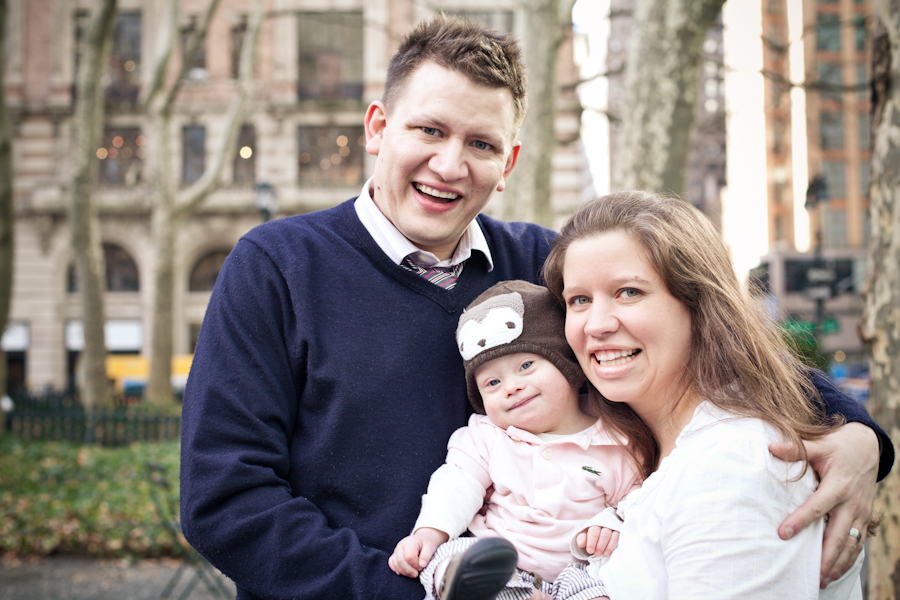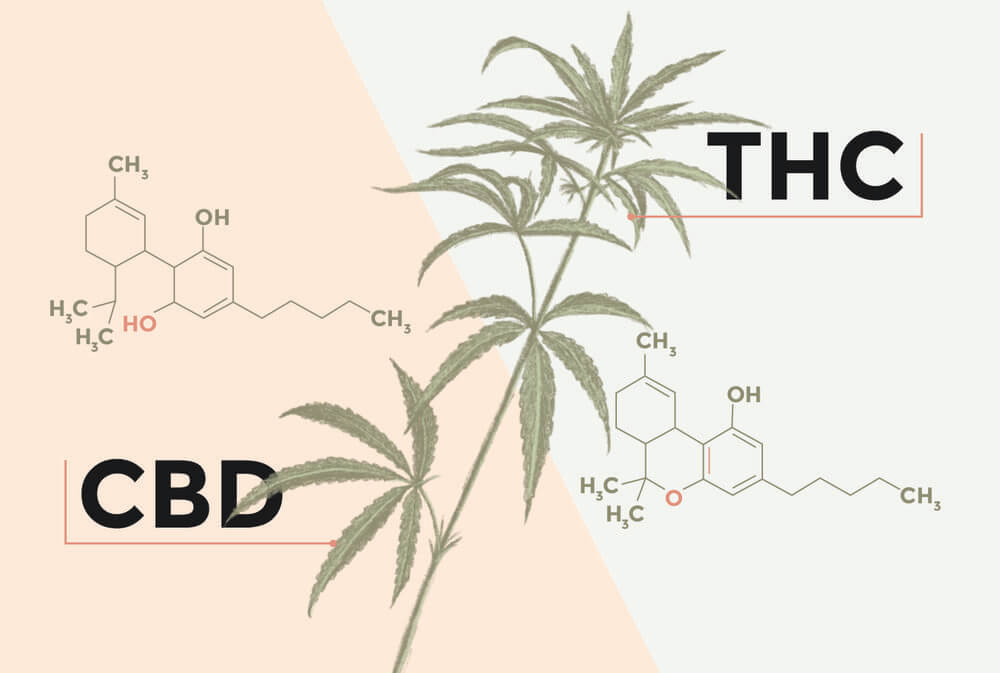Lennox-Gastaut Syndrome
Nervous and chemical coordination are two types of regulations that occur in the body to maintain homeostasis, which is the body’s natural ability to maintain its internal environment. The nervous system controls and regulates the communication system between the body’s organs. Epilepsy is a nervous system disorder, and Lennox-Gastaut syndrome (LGS) is a type of epilepsy.
Lennox-Gastuat Syndrome Symptoms
A patient with Lennox-Gastaut syndrome has various types of seizures that begin in early childhood, usually between the ages of 3 and: Tonic seizures (stiffening of the muscles), atonic seizures (sudden loss of muscle strength), atypical absence seizures (a temporary lapse in awareness that may resemble daydreaming), and myoclonic seizures (brief shock-like jerks of a muscle or group of muscles) can occur in patients with LGS.
Tonic seizures, which cause the muscles to stiffen (contract) uncontrollably, are the most common type of seizures in LGS. These seizures typically occur during sleep, but they can also occur when one is awake, resulting in unexpected falls.
Atypical absence seizures , which cause a very brief partial or complete loss of consciousness, are also very common. Drop attacks are a major concern during these seizures. These sudden falls can result in serious or life-threatening injuriesl. Drop attacks are caused by a sudden loss of muscle tone (an atonic seizure) or by abnormal muscle contraction (tonic seizures).
Aside from these seizures, other types of seizures are uncommon in patients with LGS. Anti-epileptic medications do not appear to be effective in controlling these seizures.
Children with Lennox-Gastaut syndrome have cognitive disabilities and behavioral problems even before the onset of seizures. These problems may worsen over time, particularly if seizures are very frequent or severe. Some affected children develop additional neurological abnormalities and behavioral problems. Children with LGS find it difficult to learn things and take a long time to start sitting and crawling. As a result of their seizures and intellectual disability, most children with LGS syndrome require assistance in daily activities. Upon reaching adulthood, only a very small percentage live independently.
Causes of Lennox-Gastaut Syndrome
LGS is most common in children between the ages of 3 and 5 years. Boys are slightly more likely to be affected than girls. Lennox-Gastaut syndrome can have many different causes. LGS may have a genetic component this is not clear at this time. Most cases of Lennox-Gastaut syndrome are caused by an existing neurological abnormality that is associated with brain injuries that occur before or during birth, problems with blood flow in the developing brain, brain infections, or other disorders affecting the nervous system. In most cases, the cause for LGS is known. common The possible causes include:
- Abnormal brain development
- Stroke
- Serious head injury
- Brain tumor
- Brain infection (meningitis or encephalitis)
- Reduced oxygen to the brain
- Tuberous sclerosis
Identification of the Problem
To declare a patient ill with LGS, they must have all three of the following:
- Several different seizure types
- A specific brain wave pattern
- Cognitive and/or behavioral challenges
The most useful way to identify the LGS seizure type is an electroencephalogram (EEG). This records electrical activity in the brain. An EEG records unfamiliar spikes or waves in electrical activity patterns which helps in identifying different patterns of epilepsy.
Routine lab tests may be used to rule out other medical conditions that might be causing the seizures.
- A complete blood count (CBC) helps doctors with information related to infection, unusual electrolyte levels, and vital organs malfunction or genetic conditions.
- A lumbar puncture or spinal tap is carried out to rule out infections such as spinal meningitis and encephalitis.
- A toxicology screening can show poisons, illegal drugs, or other toxins.
Different scans like magnetic resonance imaging (MRI) and computed tomography (CT) can be used to look at the cause and the location within the brain.
Lennox Gastaut Syndrome Treatment
LGS seizures can be difficult to treat. The seizures often do not respond to anti-seizure medications. Medications may be used in combination with a special diet and surgery. Surgery may be an option if medication can’t control the seizures.
Is There a Cure for Lennox Gastaut Syndrome?
Unfortunately, no specific treatment exists for LGS and different medications are used to control the severity of seizures. Every child with LGS has different needs and the prognosis for LGS is not promising since 80-90% of children have seizures and intellectual disabilities after they grow up.So far, no particular therapy or medication has proven effective, and seizures have proven to be resistant to most therapeutic options.
Is CBD an Anticonvulsant?
Anticonvulsant substances tend to have a calming and soothing effect on the brain by reducing the hyperactivity in the brain. They are particularly effective for migraines and epileptic seizures. Cannabidiol (CBD) is a chemical in the Cannabis sativa plant, also known as cannabis or hemp. According to NCBI.gov, CBD has been shown in animal studies with few side effects. A prescription form of CBD is used to treat seizures(epilepsy), but there is not enough supported scientific evidence to back up these claims.
Can CBD Help with Lennox-gastaut syndrome?
CBD may be effective as adjunctive therapy, but is not a cure or treatment of drug-resistant childhood-onset epilepsy. Cannabidiol (CBD) as add-on therapy may reduce drop seizures by 50% in some adults and children with Lennox-Gastaut syndrome (LGS), according to research presented at the 69th Annual Meeting of the American Academy of Neurology. “Our study found that CBD shows great promise, in that it may reduce seizures that are otherwise difficult to control,” said Anup Patel, MD, a pediatric neurologist at Nationwide Children’s Hospital in Columbus, Ohio.
What is the Life Expectancy for Lennox-Gastaut Syndrome Patients?
Unfortunately, children with LGS have a very poor prognosis. Up to 90% of patients have persistent seizures, and the mortality rate due to epileptic seizures is significantly higher than the general population (mainly due to status epilepticus, sudden death in an epileptic seizure). Behavioral issues in children with LGS are very difficult to deal with and require special attention from the family. For parents it is essential to find a support group in your area and / or online. It is not a road to travel alone.
- Vape Juice By Kindjuice-Comprehensive Review of the Finest Vape Juices - November 1, 2023
- Lennox-Gastaut Syndrome: Symptoms, Causes, Analysis & Life Expectancy - April 22, 2023




